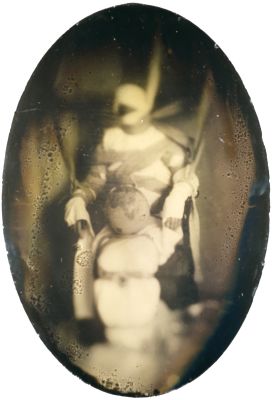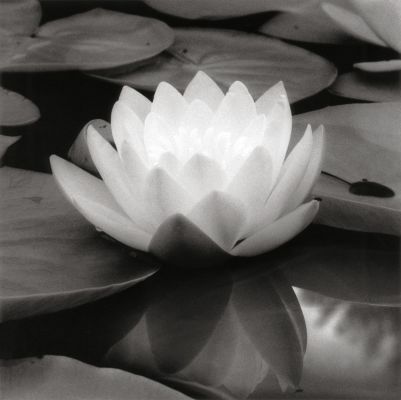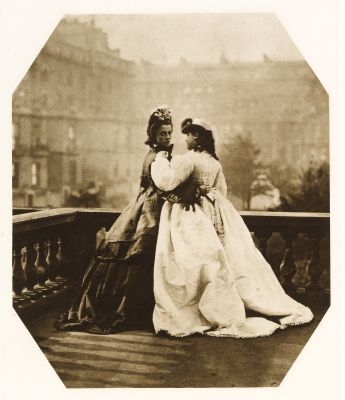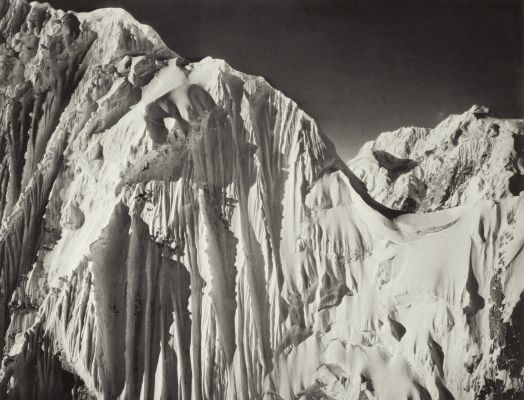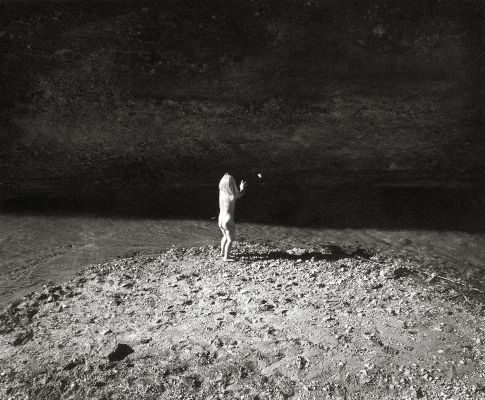
Title
U.A. Walker, New YorkArtist
Sugimoto, Heroshi (Japanese, b.1948)Publication
TheatersDate
1978Process
PhotogravureAtelier
Jon Goodman Photogravure, MassachusettsImage Size
21 x 17 in
These "shining screens," as Sugimoto described them, are the result of a single exposure made for the duration of a feature-length movie. The result is both a brilliant representation of architecture and light, and an elegant meditation on time and experience. In U.A. Walker, New York, 1978, the shutter was open for the entirety of Citizen Kane.
Japanese architect and photographer Hiroshi Sugimoto has an intriguing approach to his works: he believes that photography is a method of preserving what is, that "photography functions as a fossilization of time." To that end, Sugimoto is a master of long exposure photographs, capturing long intervals of time, rather than single moments. His photographs, usually black and white, have a dramatic feel to them, with deep shadows and bright whites.
Sugimoto is known for his many series that each focus on a different theme. His series Dioramas and Portraits both focus on tricking the viewers into thinking that museum displays and wax statues of the Tudors are actually alive. Other series such as Seascapes and Theaters use a long exposure to contrast the passage of time with the idea that a photograph captures one specific moment. Besides photography, Sugimoto has designed many buildings, including a Shinto Shrine located in Naoshima, Japan.
Photogravure on laid paper, printed 2005. Signed in pencil in the margin lower right. Accompanied by original original aluminium box, stamped numeration as well as typed information on the edition on a label affixed inside the lid of the box. Print 897 from an edition of 1000. Matsumoto Inc. edition, New York.
Reproduced / Exhibited
Davis, Keith F. An American Century of Photography: From Dry Plate to Digital. Kansas City, Mo: Hallmark Cards, 1999. Print. p. 469
Malcolm R. Daniel, and Florian Rodari. Graver La Lumière: L’héliogravure D’alfred Stieglitz À Nos Jours Ou La Reconquête D’un Instrument Perdu. Vevey, Suisse: Fondation William Cuendet & Atelier de Saint-Prex, 2002. p. 77


